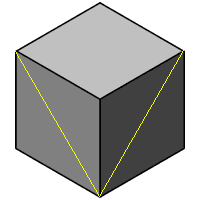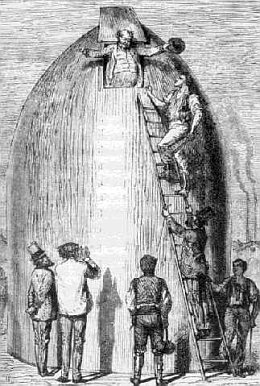Dion McGregor never made it big as a songwriter, but he gained fame for another talent — his roommate discovered that McGregor spoke at full conversational volume while dreaming:
- “Welcome to Midget City. Uh hmmmm … from the ground up we built it. Yes, from the ground up, ummm hmmmm. Well, we have 173 — a hundred — no — 174, 174 buildings … uh hmmmm. We have our own police system. See that little cop over there? One of our midgets.”
- “Well, I like … it’s 6 feet deep and about 8 feet long. Yes, well … yes … you can drown the neighbor children in it … if they’re noisy you just lure them in. We have a dumbwaiter that comes up from the garden … you just pop them in that dumbwaiter … drag them right up … and pop them in the water … drown them … throw them down into the still. Hah-hah-hah-hah-hah … of, of course, I’m kidding. Heh-heh-heh-heh!”
- “Well certainly you have to bring a — you have to bring a gift; it’s a birthday party, stupid! Well naturally. What do you think? You can’t go to a birthday party without bringing a gift. Honestly, for a child of 3, you can be so dense. Naturally … yes of course … I don’t care … you bring a gift of your own choosing.”
The two released a recording of these dreams and a companion book in 1964. “You may not believe this,” McGregor wrote, “but I’m one of those people who really values his privacy.”




